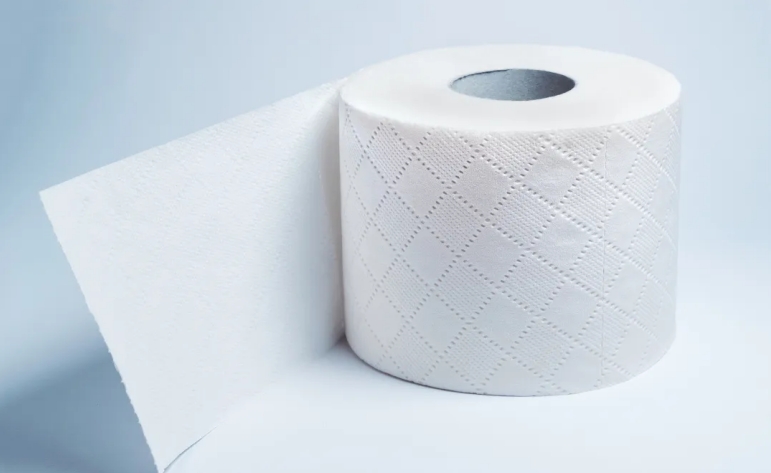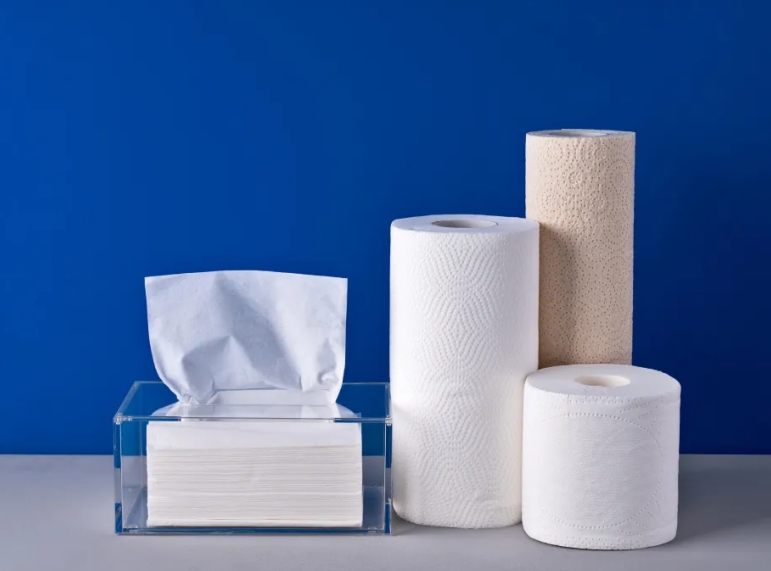If there is anything in this world more indispensable than a mobile phone, it must be tissues. Though small, they are essential.
Have you ever noticed the patterns on toilet paper during your leisure moments? Have you ever wondered why these patterns exist? Are they there merely for your idle amusement?
Today, let us delve into the “science” behind toilet paper!

The primary uses of toilet paper are to absorb moisture and remove dirt. Setting aside those products created for “marketing gimmicks,” the reasons for embossing ordinary tissues are as follows:
1. It begins with aesthetics.
The patterns indeed cater to aesthetic preferences, fulfilling the needs of some consumers. But what about the embossed designs on tissues? In part, yes. They enhance brand recognition, deepen understanding and impression of the product, and lend an air of sophistication.
2. Enhance the paper’s density.
Another crucial reason is to increase the density of the toilet paper. If you look closely, you’ll notice that each sheet of toilet paper is composed of at least two thin layers. With embossing, these layers can be pressed together, making them less likely to separate.
3.Reduce the likelihood of damage during transportation.
Moreover, embossing can reduce the likelihood of the paper products being crushed or deformed, and the fibers being damaged during transportation. This is easy to understand, as the embossing adds texture, providing a cushioning effect during transit.
4. Enhance adhesion.
Embossed paper towels are commonly used for kitchen towels and toilet paper. For instance, when cleaning oily dishes, the embossing provides greater friction, allowing for more effective cleaning. Additionally, embossed paper is less likely to tear when wet.
5. With enhanced absorbency
Tissues are primarily used for cleaning and drying, commonly in scenarios requiring absorption. Compared to box tissues and toilet paper, embossed patterns are more frequently found in kitchen paper towels due to their heightened need for absorbency. The embossed surface, with its uneven texture, creates numerous small pockets, making it more efficient at storing (absorbing) moisture.

In theory, both are paper and should not be distinguished by status, but there are indeed differences between toilet paper and facial tissues.
Generally speaking, facial tissues are held to stricter standards than toilet paper. Facial tissues are typically made from virgin fibers, while toilet paper can be made from recycled materials. Additionally, fluorescent whitening agents used in toilet paper are not permitted in facial tissues, and the bacterial content in toilet paper is higher than in facial tissues. This is why manufacturers invest in advanced face tissue making machine to ensure the highest quality and hygiene standards. These machines are designed to handle virgin fibers delicately, avoiding the use of any fluorescent whitening agents and maintaining low bacterial content.
Therefore, it is not advisable to use toilet paper for wiping your mouth, and similarly, it is recommended not to use facial tissues for wiping your bottom. Facial tissues have higher wet tensile strength (resistance to tearing when wet), making them difficult to dissolve in water and prone to clogging toilets. Moreover, facial tissues are less absorbent than toilet paper, making them less effective for cleaning after using the restroom.